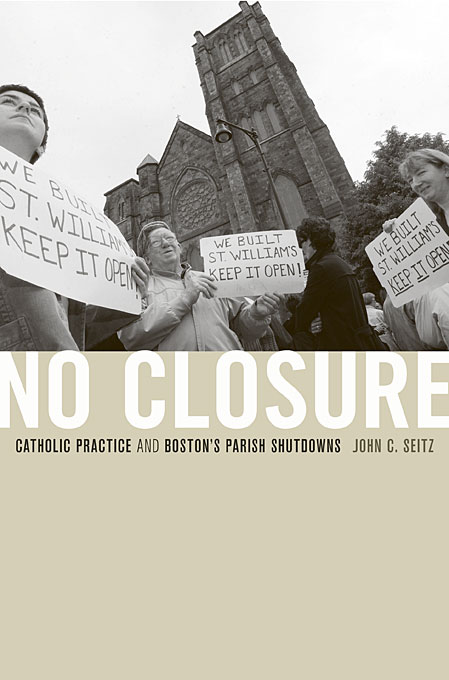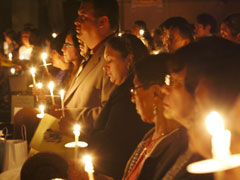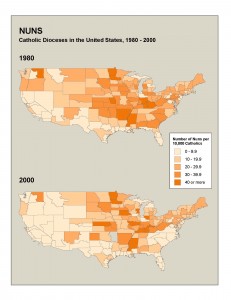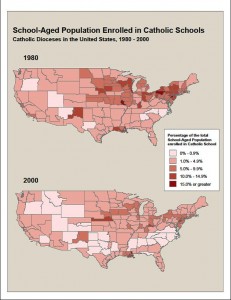 Multiple media outlets are reporting that Father Andrew Greeley has died in Chicago at the age of 85. Father Greeley was a prolific author of academic scholarship, fiction, and is often noted as an important in-house critic of the church. Greeley received his PhD from the University of Chicago and taught at the University of Chicago, the University of Illinois at Chicago and at the University of Arizona. Among his many works, I have often consulted Can Catholic Schools Survive? and “The Demographic Imperative in Religious Change” but my favorite is The Catholic Imagination. Which of Father Greeley’s works has had the most impact on your work or on you as a person?
Multiple media outlets are reporting that Father Andrew Greeley has died in Chicago at the age of 85. Father Greeley was a prolific author of academic scholarship, fiction, and is often noted as an important in-house critic of the church. Greeley received his PhD from the University of Chicago and taught at the University of Chicago, the University of Illinois at Chicago and at the University of Arizona. Among his many works, I have often consulted Can Catholic Schools Survive? and “The Demographic Imperative in Religious Change” but my favorite is The Catholic Imagination. Which of Father Greeley’s works has had the most impact on your work or on you as a person?





